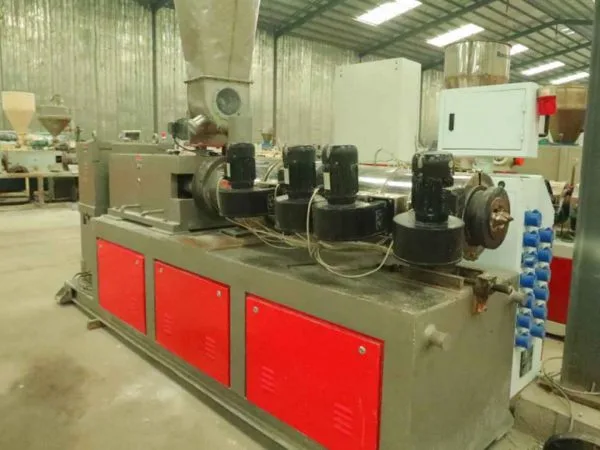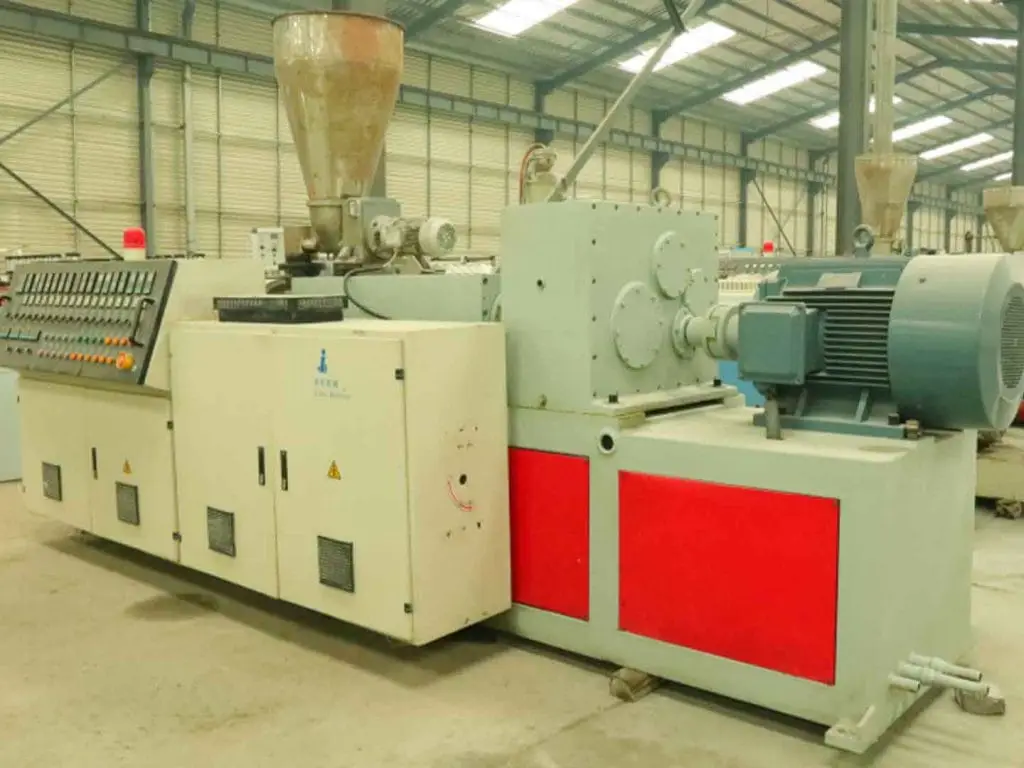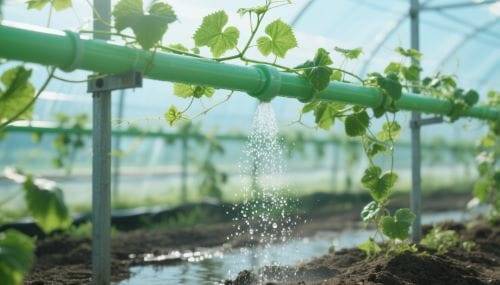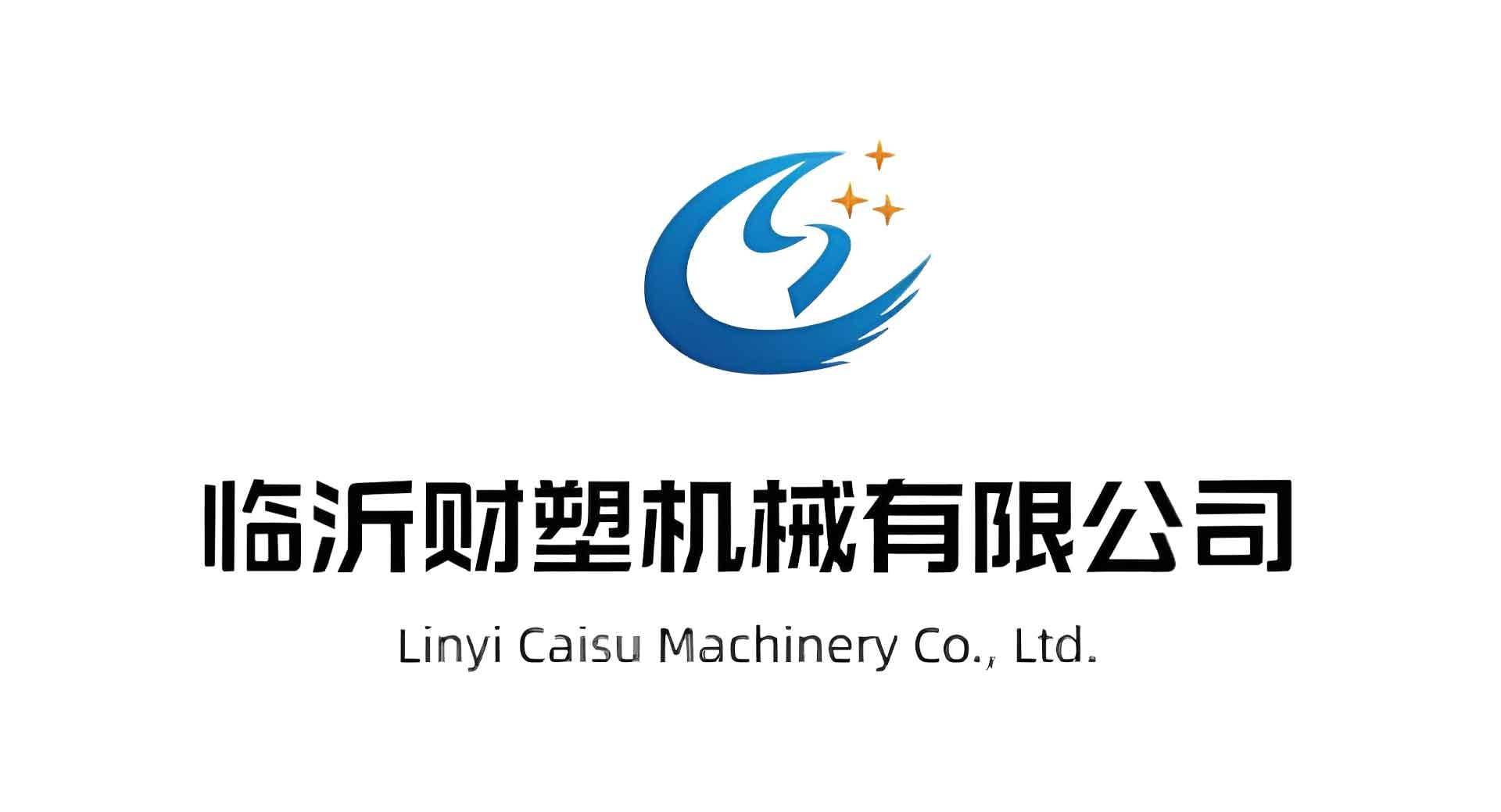Welcome to My Blog!
Before we dive into the content, I’d love for you to join me on my social media platforms where I share more insights, engage with the community, and post updates. Here’s how you can connect with me:
Facebook:https://www.facebook.com/profile.php?id=61567891941530
Now, let’s get started on our journey together. I hope you find the content here insightful, engaging, and valuable.
Caisu Machinery sells a variety of used plastic pipe production equipment. The products are of high quality and low price. Welcome to contact us for consultation and purchase. We will be happy to serve you.
Table of Contents
Introduction

Plastic pipes are integral to modern infrastructure, serving applications from water supply and sewage systems to electrical conduits and industrial processes. A common question is, “How are plastic pipes made?” The answer lies in the extrusion process—a highly efficient manufacturing method that transforms raw plastic materials into continuous, uniform pipes.
In this comprehensive guide, we’ll delve into the intricacies of the plastic pipe extrusion process, exploring each stage from raw material selection to the final product. Whether you’re a professional in the plastics industry or simply curious about how these ubiquitous products are created, this article will provide valuable insights.
The Fundamentals of Plastic Pipe Extrusion
What Is Plastic Pipe Extrusion?
Plastic pipe extrusion is a continuous manufacturing process where thermoplastic materials are melted and formed into pipes of various sizes and profiles. This method is favored for its ability to produce long lengths of pipe with consistent cross-sectional dimensions, making it ideal for large-scale production.
Common Materials Used
Several thermoplastic materials are commonly used in pipe extrusion, each selected based on the intended application:
- Polyvinyl Chloride (PVC): Known for its rigidity and chemical resistance, PVC is widely used in plumbing and drainage systems.
- High-Density Polyethylene (HDPE): Valued for its flexibility and durability, HDPE is often used in water and gas distribution.
- Polypropylene (PP): Offers excellent chemical resistance, making it suitable for industrial applications.
- Cross-linked Polyethylene (PEX): Used in hot and cold water systems due to its thermal stability.
Step-by-Step Overview of the Plastic Pipe Extrusion Process

1. Raw Material Preparation
The process begins with the selection and preparation of raw plastic materials, typically in the form of pellets or granules. These materials may include additives like stabilizers, colorants, or UV inhibitors to enhance performance.
2. Feeding and Melting
The prepared materials are fed into an extruder—a machine consisting of a rotating screw within a heated barrel. As the screw turns, it conveys the material forward while the barrel’s heaters gradually melt it, creating a homogeneous molten polymer.
3. Extrusion Through the Die
The molten plastic is forced through a specially designed die that shapes it into a continuous pipe. The die’s design determines the pipe’s diameter and wall thickness, ensuring uniformity across the entire length.
4. Calibration and Cooling
Upon exiting the die, the hot pipe enters a calibration unit, often a vacuum chamber, which ensures precise dimensions and roundness. Immediately afterward, the pipe passes through a cooling system, typically involving water baths or sprays, to solidify its shape.
5. Haul-Off and Cutting
Once cooled, the pipe is pulled by a haul-off unit to maintain a consistent speed and tension. Finally, it reaches the cutting station, where it’s cut into specified lengths or coiled, depending on the application.
Key Components of a Plastic Pipe Extrusion Line
| Component | Function |
|---|---|
| Extruder | Melts and homogenizes the plastic material. |
| Die | Shapes the molten plastic into the desired pipe profile. |
| Calibration Unit | Ensures precise dimensions and roundness of the pipe. |
| Cooling System | Solidifies the pipe to maintain its shape. |
| Haul-Off Unit | Pulls the pipe at a consistent speed to prevent deformation. |
| Cutter/Coiler | Cuts the pipe into lengths or coils it for storage and transportation. |
Quality Control Measures in Pipe Extrusion
Maintaining high-quality standards is crucial in plastic pipe manufacturing. Quality control measures include:
- Dimensional Checks: Regular measurements of pipe diameter and wall thickness ensure compliance with specifications.
- Visual Inspections: Surface finish and color consistency are examined for defects.
- Pressure Testing: Pipes are tested for their ability to withstand internal pressures without failure.
- Material Testing: Samples are analyzed for properties like tensile strength and impact resistance.
Applications of Extruded Plastic Pipes


Extruded plastic pipes are used across various industries due to their versatility and performance characteristics:
- Water Supply and Distribution: PVC and HDPE pipes are commonly used for potable water systems.
- Sewage and Drainage: Durable and corrosion-resistant pipes handle waste and stormwater.
- Electrical Conduits: Protective piping for electrical wiring in residential and commercial buildings.
- Agricultural Irrigation: Flexible pipes distribute water efficiently in farming applications.
- Industrial Processes: Chemical-resistant pipes transport various industrial fluids.
Conclusion
Understanding how plastic pipes are made through the extrusion process reveals the complexity and precision involved in producing these essential components. From raw material selection to the final product, each step is meticulously controlled to ensure quality and performance. As demand for reliable and efficient piping solutions grows, the extrusion process remains a cornerstone of modern manufacturing.
Let’s Take Your Business Further
Our team is ready to support your project needs. Browse our full range of equipment or reach out to our experts.
Explore More Products Contact UsFAQ
What is the extrusion process in plastic pipe manufacturing?
The extrusion process involves melting thermoplastic materials and shaping them into continuous pipes using a die, followed by cooling and cutting to desired lengths.
Why is extrusion preferred for making plastic pipes?
Extrusion allows for continuous production of pipes with consistent dimensions, making it efficient and cost-effective for large-scale manufacturing.
What materials are commonly used in plastic pipe extrusion?
Materials like PVC, HDPE, PP, and PEX are commonly used, each selected based on the application’s requirements for strength, flexibility, and chemical resistance.
How is the quality of extruded plastic pipes ensured?
Quality is maintained through regular dimensional checks, visual inspections, pressure testing, and material property analyses.
Can the extrusion process produce pipes of different sizes?
Yes, by changing the die and adjusting process parameters, pipes of various diameters and wall thicknesses can be produced.





